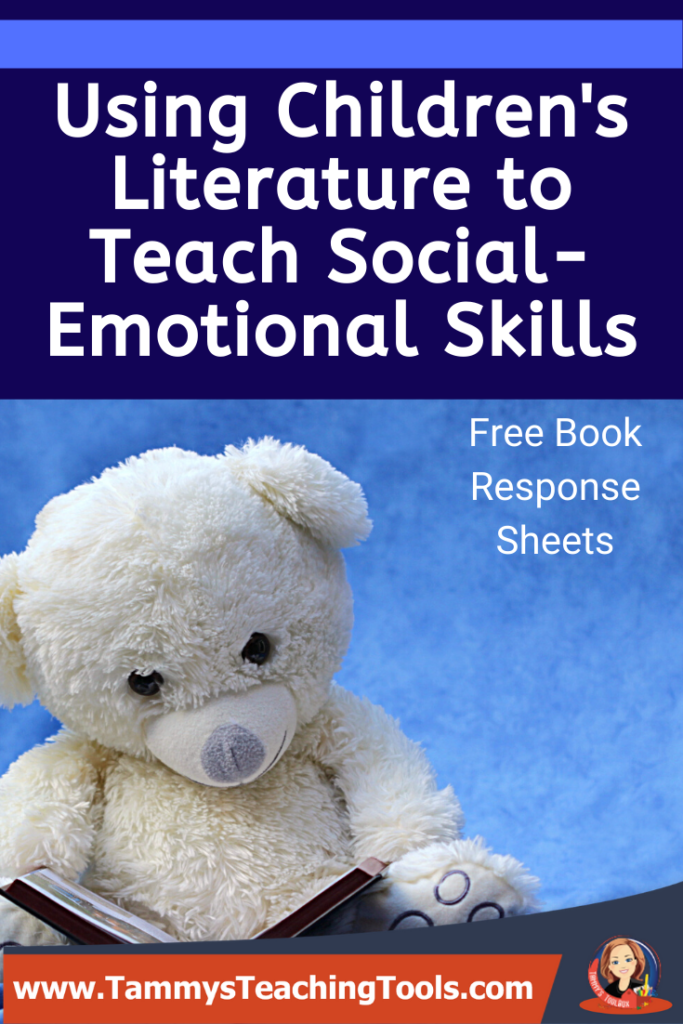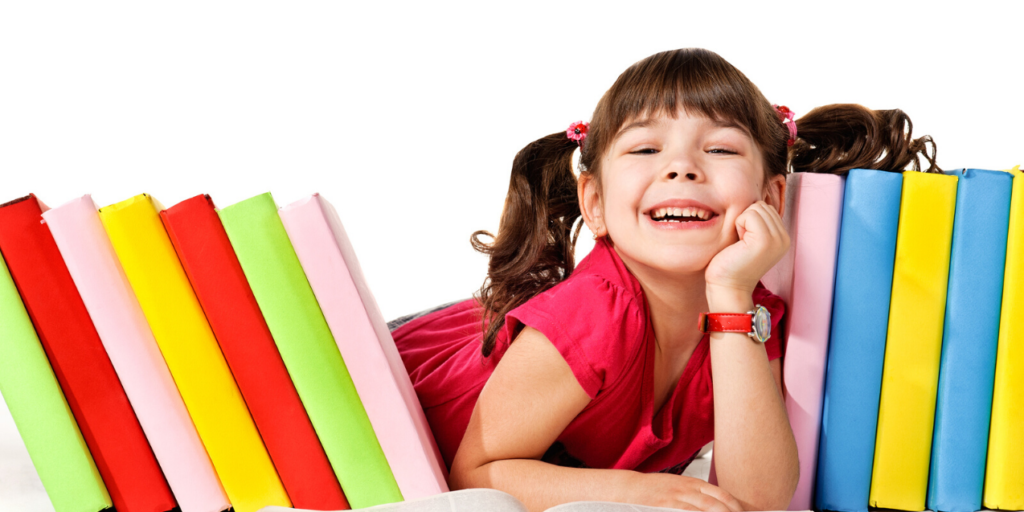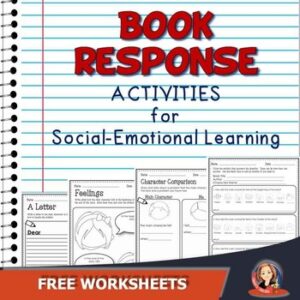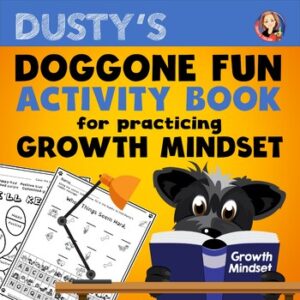Kids social emotional well-being is an essential part of learning, but what are the best activities to teach kids about it? Using children’s literature! Stories allow for empathy and understanding which are crucial skills when working with others. What’s more – your child will enjoy stories without realizing they’re acquiring important life lessons too!! Check out my tips below on how you can start using well written children’s books as tools in building healthy individuals today!
Plus, see some of my favorite books and get a set of free social-emotional activities.
What Is Social-Emotional Learning (SEL)?
Social-emotional learning is the process through which we learn to recognize and manage emotions, develop empathy for others, establish and keep up positive relationships, set clear and realistic goals, and behave responsibly. Social-emotional learning promotes five core skills that include: self-awareness, self-management, responsible decision-making, social awareness, and relationship skills that are organized into three categories of competencies:

- Emotional: empathy, behavior regulation
- Cognitive: impulse control, attention
- Social: the ability to resolve conflicts and maintain positive relationships
How Children’s Literature Promotes Social and Emotional Learning
Literature and arts are known to be great channels for thought and emotional expression. Books and stories have always been used to promote social-emotional skills such as self-awareness, empathy, and self-management. Therefore, children’s literature may be key to building social and emotional learning skills in children.
Studies show that literature and reading promote imaginative process, allow children to do things they often cannot do in life. This allows for better self-awareness and understanding of other people’s inner lives.
When choosing children’s literature, keep in mind books that will promote a child’s feelings of happiness, joy, trust, and love. The more competent children are with SEL skills, the more successful they will be in school and life in general. Start with those books that will encourage self-awareness and strengthen relationships.
How to Choose the Right Books
Developmentally appropriate literature allows children to identify with the story characters and relate the protagonists’ thoughts, feelings, and actions to their own. This helps children understand that they aren’t the only ones who struggle with a specific problem, which encourages a child to release suppressed feelings.
When selecting books for SEL skills promotion, make sure to find stories with diverse characters that honestly portray human nature and that display a range of emotions that children can relate to. For younger children, use picture books as the facial features expressed in illustrations help children recognize and communicate feelings.
Also, well-written books encourage children to share their experiences and explore different ways of resolving problems. Stories that promote SEL skills contain realistic plots and believable stories.
 Teaching Tip
Teaching Tip
Look for books that
► have relatable characters.
► contain age-appropriate content and reading level.
► use familiar language.
► have a storyline that is relatable to children.
► are culturally and ethnically diverse.
► show realistic and practical solutions to problems.
There is a wealth of wonderful children’s literature available that deal with a range of topics. Here are 11 of my favorites. I’ve read these many times and they always engage my students. There are so many more, so make sure to search for the skills you want to encourage. (affiliate links)
- What Should Danny Do? by Adir Levy, Ganit Levy
- Train Your Angry Dragon: Teach Your Dragon to Be Patient by Steve Herman
- Jabari Jumps by Gaia Cornwall
- The Girl Who Never Made Mistakes by Mark Pett
- The Dot by Peter H. Reynolds
- A Sick Day for Amos Mcgee by Philip C. Stead
- Giraffes Can’t Dance by Giles Andreae
- Stick And Stones by Beth Ferry
- The Way I Feel by Janan Cain
- Can I Play Too? by Mo Willems
- Alpaca’s Don’t Get Angry by Tammy Fortune
- Dusty’s Big Oops by Tammy Fortune (May 2022)
Here are 7 book response worksheets that you can use with any book. Get them free by clicking on the cover.
Even adults struggle to accept emotions sometimes, let alone children. Children’s literature is a great tool to teach your child that it is not healthy to ignore and suppress emotions, as all emotions are here to tell us a message.
Picture books are ideal for teaching and developing social and emotional literacy, strategies for self-regulation, empathy, and emotional expression in young kids.
In short, fostering social and emotional skills in children is essential to their healthy development, and children’s literature is a great way to teach social-emotional learning and help kids grow into healthy and happy adults.
![]()
![]() Check out Dusty the Dog’s new activity book with 50 pages of fun worksheets to get kids using positive thinking. Be on the lookout for Dusty’s new book coming soon.
Check out Dusty the Dog’s new activity book with 50 pages of fun worksheets to get kids using positive thinking. Be on the lookout for Dusty’s new book coming soon.
![]() Finally, check out my blog post on Growth Mindset Tips for a New School Year.
Finally, check out my blog post on Growth Mindset Tips for a New School Year.
Happy Reading





